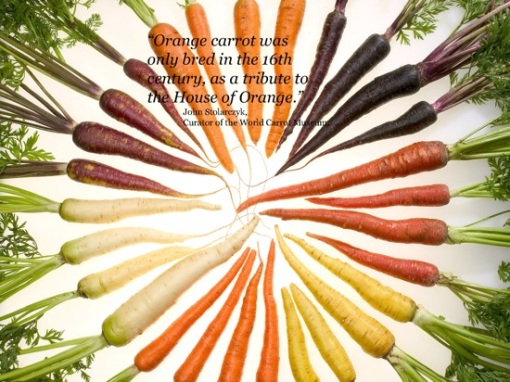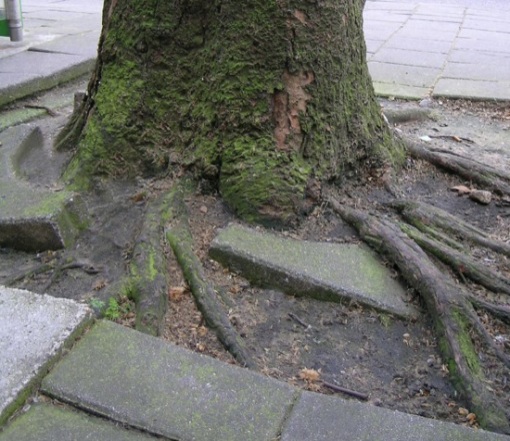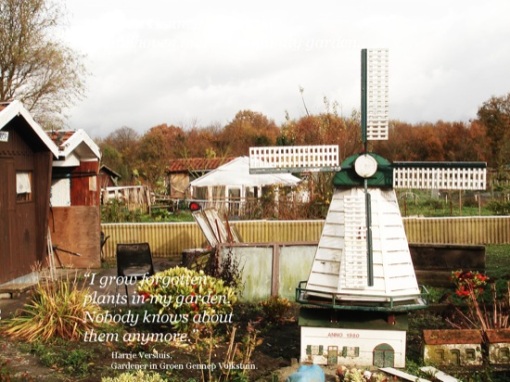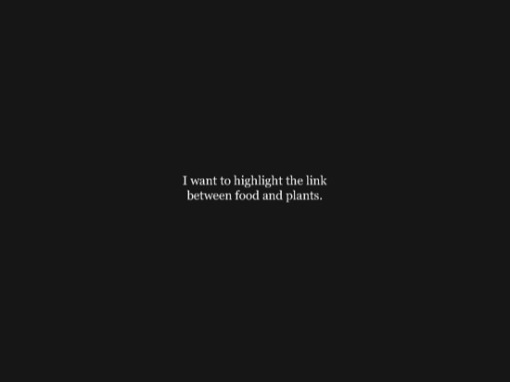Dear all,
I finally graduated as a ‘Master in Humanitarian Design and Sustainable Living’. The project met quite an audience, and I owe it to all of you who supported me or argued with me all along my research and design processes. As I am aware I have stopped communicating with most of you during the last months, when I was busy with the design part, I would like to give it back to you by showing here the outcome of this year.
As expected, the result is double ; a thesis that addresses most theoretical issues about the preservation of vegetal diversity, and leads to the possibility for design to implement a change within existing behaviours; and a design project that is a direct application of this research work.
To keep things as clear as possible, I post the complete thesis, as well as detailed information on the designs on specific pages. I want to use the end of this post to publish the presentation I gave on the day of my examination, and a few days later to the press. It briefly retraces my evolution, researches, inspirations and outcomes in a more digest way.
I wish all of you the very best, and thank you for supporting me along the year.
Régis
————————————————————————–
Good morning.
My name is Régis Lemberthe, and I will tell you today about my work on the preservation of vegetal diversity. The way people try to control nature is maybe what surprised me the most when I arrived to the Netherlands; on the other hand, they try to bring nature into cities here more than in France where I come from. In Eindhoven, people go the urban farm, many have a garden, and some also go to the community garden, which is not far away.
Coming from a place where I can easily be surrounded by old trees, to another where I have to look for a bit of designed nature made me more attentive.
I would like to share this interest with you now.

I started researching on the preservation of vegetal diversity when hearing about Global Seed Vault, a seed bank that aims to save all seeds from the world. Its purpose is multiple : facing the extinction of species; developing future medicines; and engineering new varieties.

Yet something seemed wrong. Why should plants be kept in a sort of bank, when they would obviously be better protected in their original ecosystem ? Why wouldn’t local populations, who elaborated techniques and cultures specific to endemic species, be in charge of protecting their own patrimony ?

My first stages of research were oriented towards the relationship between people and plants, on both historical and political levels.

All populations have developed according to natural conditions. Most cultures are actually based on the use of plants, that religious metaphors aim to regulate.

People have been modeled by their environment, but they also contributed to modify it.
I find the story of carrots relevant; the orange bred we all consider original, is in fact a relatively new, man-made specie.
There are also a number of situations in which human development comes into conflict with natural processes.

Like many people, I thought this struggle between civilization and nature dates back to the industrial revolution. This is not entirely true. Long ago, the population of Easter Island logged all the trees to build boats. When there were no resources left, they couldn’t fish anymore, and the civilization declined.

The phenomenon is not new, yet actual productivism greatly contributes to fastening its evolution.
Most issues are of a political nature; governmental regulations that support overproduction, corporate policies that threaten both environment and the people who rely on its use. Although the reasons evoked to justify these are often seducing, they hardly ever reflect the reality.

Biopiracy, for instance, is the process of patenting traditional knowledge of the use of plants, depriving communities from any right to use their own techniques. Originally, patents aimed to encourage innovation.

GM crops communicate on their ability to feed a greater population, yet some seeds have been engineered sterile.

But it would be to easy to put all of the responsibility on industry. What is our share in this situation ? Both as consumers and citizens, we contribute to validating actual politics, or making them evolve. Yet vegetal diversity has become a secondary issue, and little effort is put in protecting it.

This is certainly the statement that defined my personal position. When implementing structural projects, there is a need to address moral issues, so that projects can be relayed in the civil society. When I was talking about my topic, I could realize this necessary social debate does not exist.

This conception only came when I started organizing workshops. Considering more personal topics led me to discuss not only with experts, but also consumers, gardeners, local farmers or children. I believe this made my idea much clearer about what could revive people’s interest for plants.

I decided to split my project in two parts, each aiming to promote plants in a different context. At home, I investigate how pits from food can be germinated rather than trashed away; I then consider uncontrolled plants in public spaces, aiming to legitimate their presence.

We consider seeds in the best case as a kind metaphor to express life, most of the time as disposable trash. In other civilizations they are a primordial means of subsistence and the core of a cultural heritage.

I want to highlight the link between plants and food, so that this hidden value can be revealed. Pits are a great medium to do so, and germinating them is rather easy – many kids like to do so. I had to make it a fascinating and complete experience, therefore to invite the user to replant the sprout outside.

The final object is a tiny, glass-made seed saver, that requires careful handling. The seed can germinate in the bulb yet cannot escape, unless the object is planted in the ground. In this case the glass will act as a miniature greenhouse, a rainwater collector and a protection against slugs.

It is as much important to be clear about what will happen to plants that grow, especially in urban environments. Some grow in unexpected places, breaking through asphalt;

others that were planted grow more than desired, breaking tiles around them.

I want to have these accepted as part of the landscape.

Focusing on standard elements, I created a set of tiles that encloses a newly planted tree, and progressively breaks as more space is needed.

People can plant seeds in this tile, and protect them with the seal. As they grow, plants will be able to push through looking for light, just as they do when growing in between tiles.

Due to the lack of empty spaces that can be colonized, biodiversity in newly built neighbourhoods tends to decrease. I propose to include necessary niches within building materials. These bricks, by being set among normal ones, generate reliefs that can support climbing plants and birds nests.

Of course the interest of these projects does not lay so much in the seed that will be saved, or the tree that will grow, but in the experience that is being lived.
They are in fine a way to address the broader picture, as I said before the lack of consideration for vegetal diversity. This is to be seen as a campaign for the cause, rather than a specific initiative.
Yet many issues still need to be taken care of on a more focused level. I wish establishing a new state of mind can be used as a platform for future projects to be implemented. As a fertile ground for seeds to grow.








Leave a comment